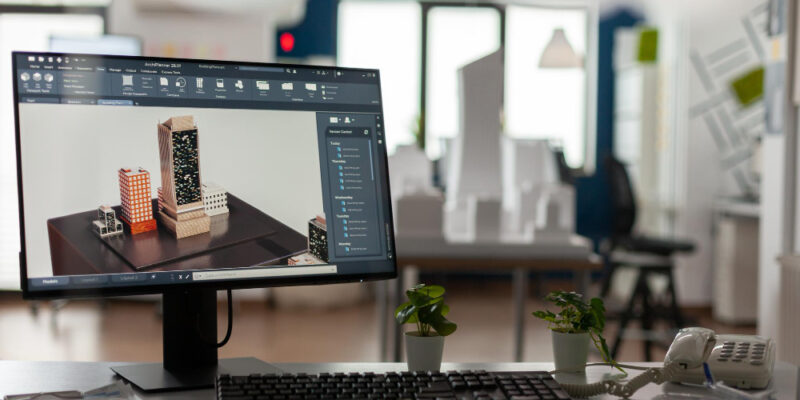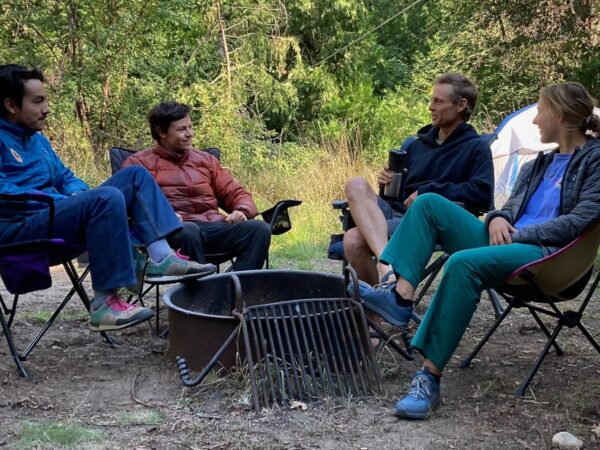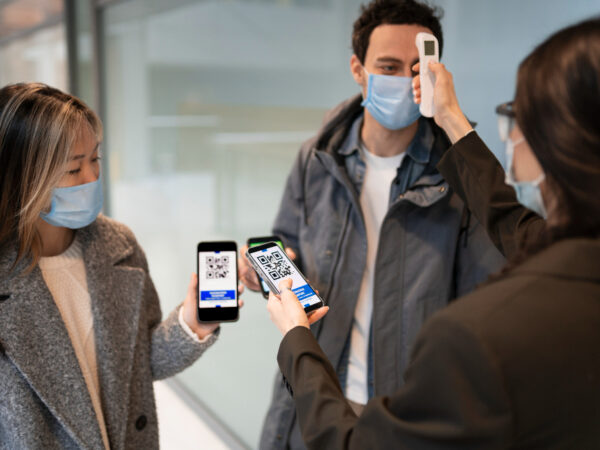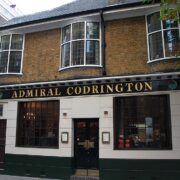In the realm of design and visualization, alternatives to rendering have long been sought after to streamline workflows and enhance creativity. However, with advancements in technology and the demand for faster, more efficient processes, designers are exploring a plethora of creative solutions that promise to revolutionize the way we bring ideas to life. In this article, we’ll delve into 10 innovative alternatives to rendering, each offering unique benefits and transformative potential for your design workflow.
Alternatives to Rendering: Real-Time Visualization
Real-time visualization stands as a beacon of efficiency and interactivity in the design world. Unlike traditional rendering, which can be time-consuming and resource-intensive, real-time engines such as Unreal Engine and Unity offer instant feedback and immersive experiences. By harnessing the power of GPU acceleration, designers can interact with their models in real-time, facilitating quick iterations and seamless collaboration across teams.
Alternatives to Rendering: Procedural Generation
Procedural generation offers a dynamic approach to creating complex scenes and environments with minimal manual intervention. Instead of painstakingly crafting every detail, designers can utilize algorithms and parameters to generate vast landscapes, intricate textures, and realistic simulations. This method not only saves time but also allows for endless variations, making it ideal for generating large-scale environments in games, movies, and virtual reality experiences.
Alternatives to Rendering: Photogrammetry
Photogrammetry presents a unique alternative to traditional rendering by capturing real-world objects and environments using photographs. By stitching together multiple images and extracting geometric data, photogrammetry produces highly detailed 3D reconstructions that rival traditional rendering in realism. From archaeological preservation to architectural documentation, photogrammetry offers a versatile solution for capturing the physical world in digital form.
Alternatives to Rendering: Cel Shading
Cel shading, also known as toon shading, offers a stylistic departure from traditional rendering techniques. By reducing the number of shading gradients and emphasizing bold outlines, cel shading creates a distinctive cartoon-like appearance that is both visually appealing and artistically expressive. This approach is popular in video games, comics, and animated films, providing a unique aesthetic that sets it apart from traditional rendering.
Alternatives to Rendering: Vector Graphics
Vector graphics provide a scalable and resolution-independent alternative to traditional pixel-based rendering. By using mathematical equations to define shapes and lines, vector graphics ensure crisp, clean visuals at any size without loss of quality. This makes them ideal for logos, illustrations, and user interfaces, where clarity and scalability are paramount.
Alternatives to Rendering: 3D Printing
3D printing offers a tangible alternative to traditional rendering by bringing digital designs into the physical realm. Instead of rendering images on a screen, designers can create tangible prototypes and objects using additive manufacturing techniques. From custom jewelry to architectural models, 3D printing enables hands-on exploration of form, function, and materiality, fostering a deeper understanding of design concepts.
Alternatives to Rendering: Light Field Photography
Light field photography captures both the intensity and direction of light, allowing for interactive manipulation of focus and perspective after the image has been captured. By recording the full depth of a scene, light field cameras enable realistic refocusing and parallax effects that transcend traditional rendering. This technology has applications in virtual reality, augmented reality, and immersive storytelling, offering a new dimension of realism and immersion.
Alternatives to Rendering: Generative Design
Generative design leverages algorithms to explore thousands of design variations based on specified constraints and objectives. By simulating evolutionary processes such as mutation and selection, generative design can produce novel solutions to complex problems that defy traditional rendering methods. This approach is particularly valuable in architecture, engineering, and product design, where optimization and innovation are paramount.
Alternatives to Rendering: Motion Capture
Motion capture, or mocap, records the movements of actors or objects and applies them to digital characters or animations. By capturing the nuances of human motion, mocap adds a level of realism and expressiveness to animations that traditional rendering techniques struggle to achieve. This technology is widely used in film, video games, and virtual reality, enabling designers to create lifelike characters and immersive experiences.
Alternatives to Rendering: Augmented Reality
Augmented reality merges digital content with the real world, creating interactive experiences that enhance our perception of reality. By overlaying virtual objects and information onto our physical surroundings, AR offers a new way to visualize and interact with digital content. From furniture placement to interactive exhibits, augmented reality unlocks endless possibilities for enhancing our environment and transforming the way we experience the world.
Conclusion
In conclusion, the alternatives to rendering explored in this article represent a diverse array of creative solutions that have the power to revolutionize your design workflow. Whether you’re seeking real-time feedback, procedural generation, or immersive experiences, these alternatives offer exciting opportunities for exploration and innovation. By embracing new technologies and approaches, designers can push the boundaries of their craft and create compelling experiences that captivate audiences and inspire awe.
FAQs
1. FAQ: Can I explore other methods apart from traditional rendering?
Answer: Absolutely! There are numerous innovative approaches available that offer unique benefits and can enhance your design process.
2. FAQ: Are these alternative techniques accessible for beginners?
Answer: Many of these methods have resources and tutorials available, making them accessible for designers at all skill levels.
3. FAQ: Will these alternative methods work for different types of projects?
Answer: Yes, these techniques are versatile and can be adapted to suit various industries and project requirements.
4. FAQ: Do I need specialized equipment or software to utilize these methods?
Answer: While some techniques may require specific tools, many can be implemented using widely available software and hardware.
5. FAQ: How do these alternative methods compare in terms of cost and efficiency?
Answer: Costs and efficiency vary depending on the technique and project requirements, but many alternatives offer cost-effective and time-saving solutions.
Also read: Fabrication Business: 7 Cutting-Edge Technologies Transforming the Landscape












